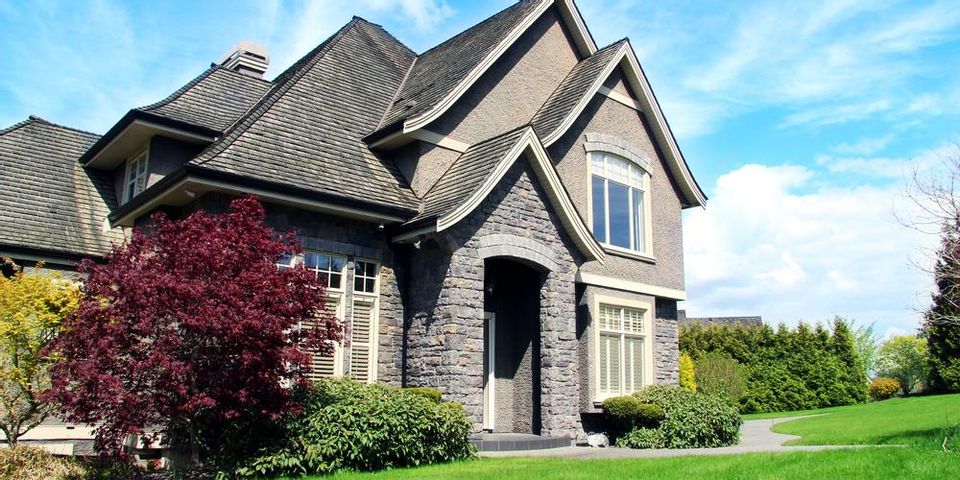Under Slab Duct Work: How It Affects Radon Levels

There are plenty of reliable methods for reducing radon levels in homes, but choosing the right one depends on how your house was constructed. These techniques can normally be completed in a day by a licensed contractor with a radon mitigation system.
Some Nebraska homes have return-air HVAC ductwork located beneath concrete slab floors. While this location helps increase interior space and muffle the noise of air circulating through the home, this ductwork can lead to radon problems if left unsealed.
 Trouble often comes in the form of a lack of air flow or collapsed ductwork, as well as the release of contaminants into your air supply. The air conditioner fan in your home can create a vacuum effect within the buried ductwork. When this happens, soil gas laced with radon can make its way through the ducts and into your home.
Trouble often comes in the form of a lack of air flow or collapsed ductwork, as well as the release of contaminants into your air supply. The air conditioner fan in your home can create a vacuum effect within the buried ductwork. When this happens, soil gas laced with radon can make its way through the ducts and into your home.
If supply ductwork must be placed under slabs, it should be made seamless or airtight using materials like aluminum tape or dust mastic. A leaky in-slab duct is normally at faulty for the movement of radon gas from the soil into the indoor air supply.
To reduce radon levels this type of construction, hire a professional to install sealed lids on your sump pumps. This will help route incoming soil gases to the radon fan, where they can be trapped, isolated, and prevented from leaking into your living space.
For the past 10 years, A to Z Radon Solutions, a division of Z&H Enterprises, has offered radon testing and mitigation services to keep homes in Lincoln, NE, and the surrounding areas safe. This locally owned and operated business provides full home inspections, allowing homeowners to the ultimate enjoy peace of mind. Visit their website to learn more about radon testing and mitigation services. Call (402) 742-5806 to speak with a member of their team about a free estimate.
About the Business
Have a question? Ask the experts!
Send your question

